Lali Gabor, Interventions for the 13th Berlin Biennale
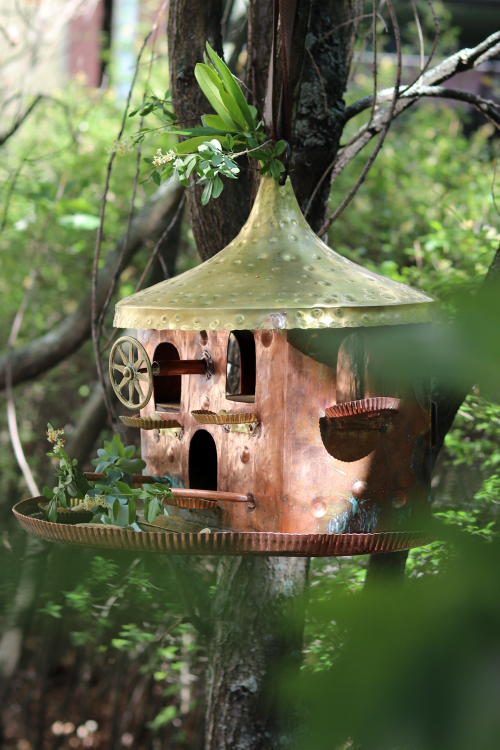
Lali Gabor, Birdhouses, mending, copper, mixed media, 2025
Forging and mending are ancestral practices among Roma artisans, where repair is both material and ontological. Lali Gabor’s coppersmithing intervention in the public sphere reclaims an urban space not through monumentality but through the intimate scale of the handmade.
In the frame of the 13th edition of the Berlin Biennale, Lali Gabor is exhibiting Birdhouses, a gesture of refuge in the courtyard of KW Institute for Contemporary Art and ERIAC, and the European Roma Institute for Arts and Culture.
His Birdhouses provide a shelter for migratory beings, resonant with Roma histories of perpetual movement.
In addition to his Birdhouses, Gabor lended his expert hands to the city’s neglected corners, mending broken metal objects, restoring a missing lamppost door, and quietly repairing the scars of urban neglect. His work is an act of subtle defiance, a reminder that even the smallest acts of care can restore dignity to a place. As Homi Bhabha theorizes in The Location of Culture, the act of crafting—especially within dispossession—becomes a political assertion of presence, a way to remake the world in our own image.
Lali Gabor`s interventions are supported by the Romanian Cultural Institute Berlin (Rumänisches Kulturinstitut Berlin), where he also contributed with a piece (Metal Veil) to the current exhibition “Tales of Dead”. To discover the skilled handcrafted interventions by Lali, follow the indications of the map.
Lajos Gabor, affectionately known as Lali (b. 1968, Oradea, Romania) is coming from a long line of skilled artisans; Lali learned the traditional craft of coppersmithing and tinsmithing from his father and grandfather, both respected members of the Gabor Roma community. Throughout his youth, he traveled alongside the elder men of his family across the villages of Bihar, producing gutters and undertaking a variety of metalwork commissions, while also acquiring skills in carpentry, bricklaying, masonry, and silverwork.
Lajos Gábor’s contributions are not limited to craftsmanship. He is an influential figure in the European contemporary art scene, particularly through collaborations that bridge Roma culture with broader narratives. His long-standing collaboration with Sámi architect and artist Joar Nango includes the ongoing project “The European Everything” (2017–ongoing), which merges Roma and Sámi cultural perspectives. Together, they have created installations, performances, and objects presented internationally, such as at the Art Encounters Biennale (Timișoara, 2019), Tensta Konsthall (Stockholm, 2019), and as part of Lorck Schive Kunstpris 2023 at Trondheim Kunstmuseum. In these projects, Lali’s metalwork — from jewelry to everyday objects like coffee pots and lanterns — has been celebrated for its craftsmanship and cultural symbolism.
Lali’s artistic presence also extends to cinema. He has appeared in several films, including “Bahrtalo!” (2008), “Mátyás, Mátyás” (2010), and most recently, “Libertate ’89” (2023), directed by Tudor Giurgiu.
Beyond his artistic endeavors, Lali has shared his knowledge of Roma culture and language, even teaching Romani language to students in Cluj. His work and life stand as a testament to the resilience, creativity, and enduring significance of Roma heritage in Europe today.
The European Roma Institute for Arts and Culture is a sister organization of the 13th Berlin Biennale.
The exhibition is on view from June 13, 2025 – September 15, 2025
Curator of the Roma component: Timea Junghaus, curator, art historian
Curator: Timea Junghaus
Assistant Curator: Emese Molnár
Communications: Radu Sticlea
Curatorial Intern: Roxy Toledo Munrose

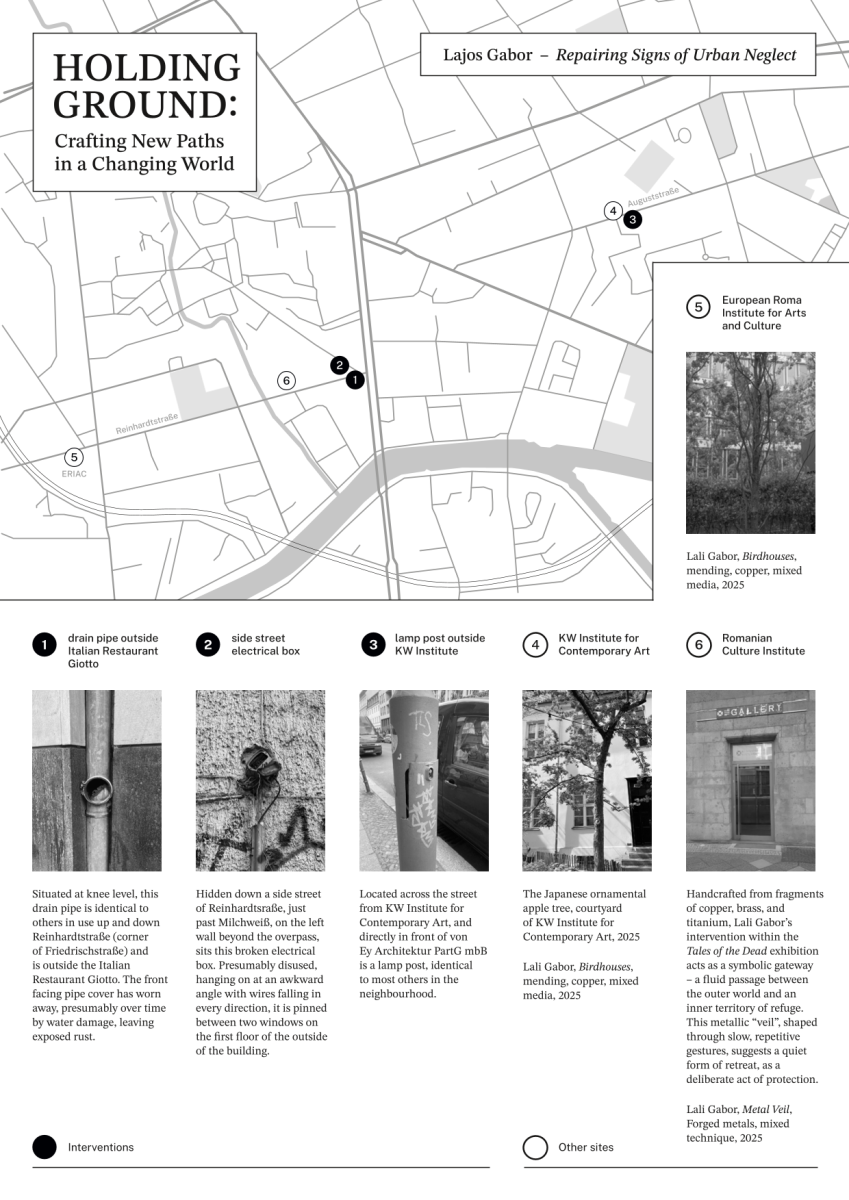
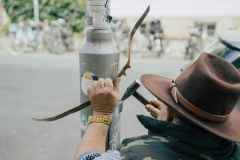
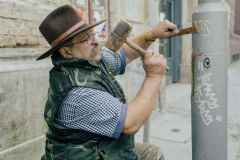
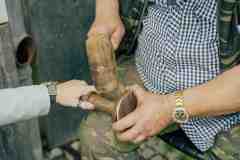

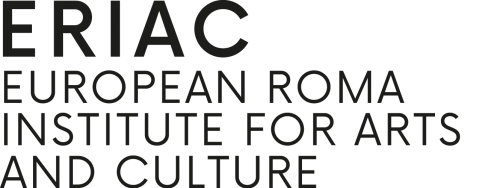
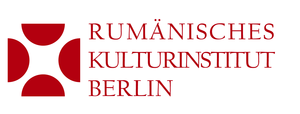
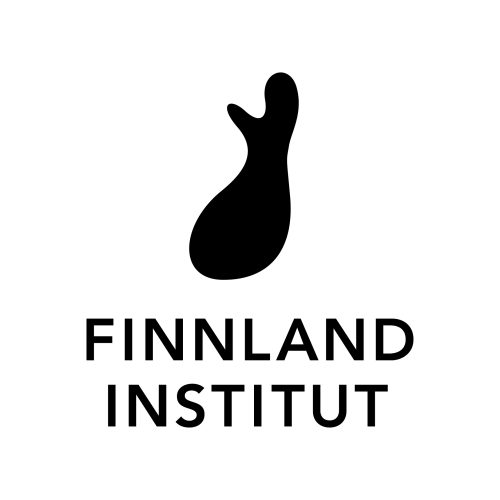
Leave a Reply